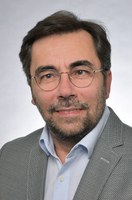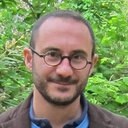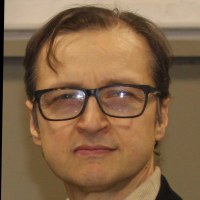Keynote Lectures
The keynote speakers of the conference are listed below.

Thomas Keller
EPFL, Switzerland

Paul Weaver
University of Limerick, Ireland

Konstantin Naumenko
University of Magdeburg, Germany
1983-1989 Academic education, Kharkiv Polytechnic Institute, Ukraine
1993-1996 Graduate school and PhD (Dr.-Ing.) at Otto-von-Guericke-University Magdeburg, Germany
1996 -2011 Research Fellow, Martin-Luther-University Halle-Wittenberg, Germany
2006 Habilitation at Martin-Luther-University Halle-Wittenberg, Germany
2011 Professorship (apl. Professor) at Martin-Luther-University Halle-Wittenberg, Germany
2012 Professorship (apl. Professor) at Otto-von-Guericke-University Magdeburg, Germany
since 2022 Head of research area Engineering Mechanics at Otto-von-Guericke-University Magdeburg, Germany

Michele D'Ottavio
Paris Nanterre, France

Joao Reis
UFF, Brazil
